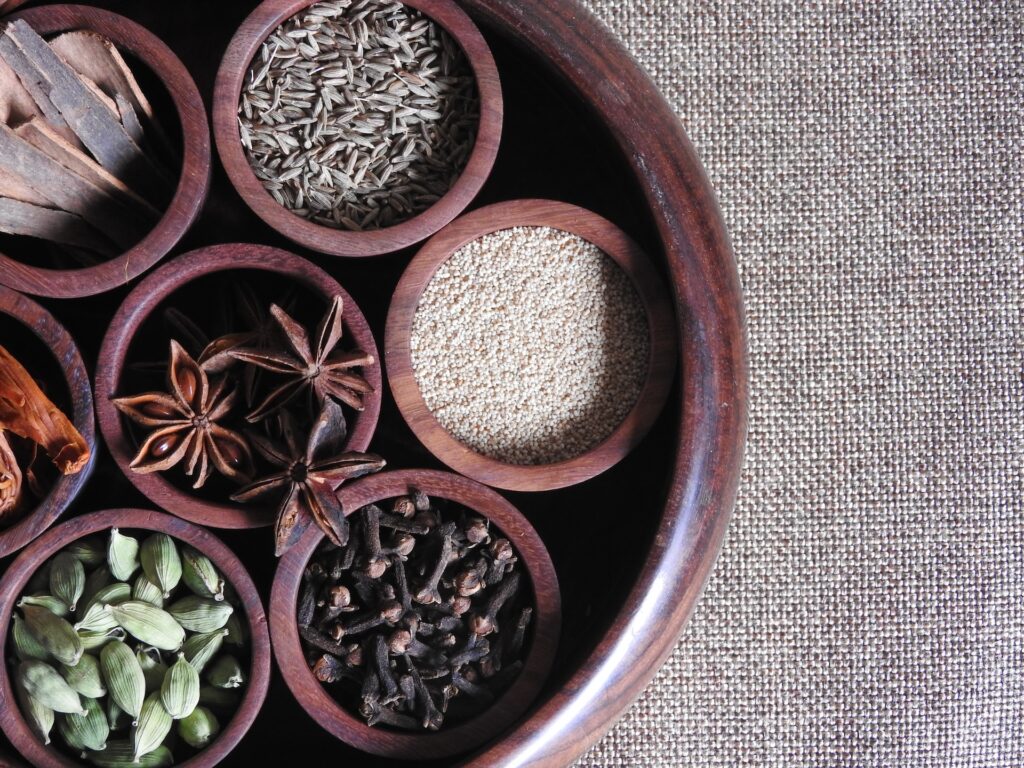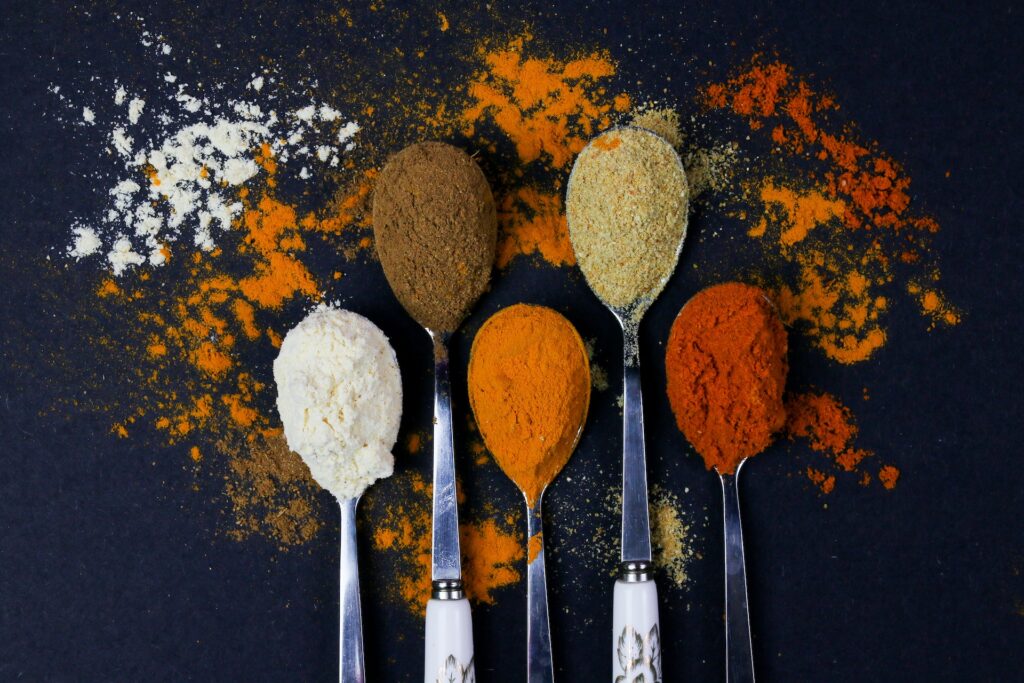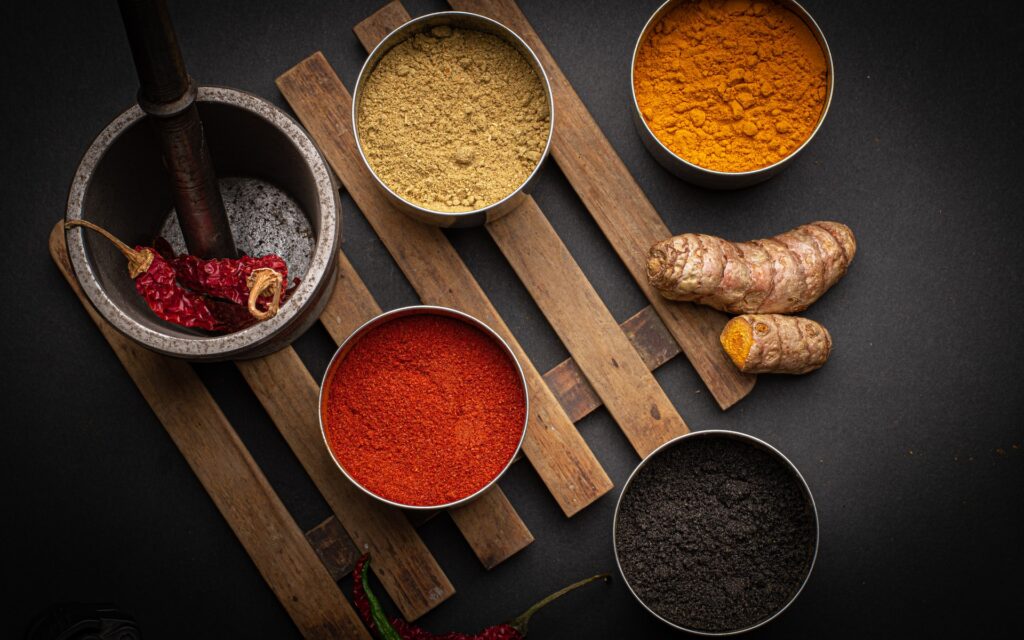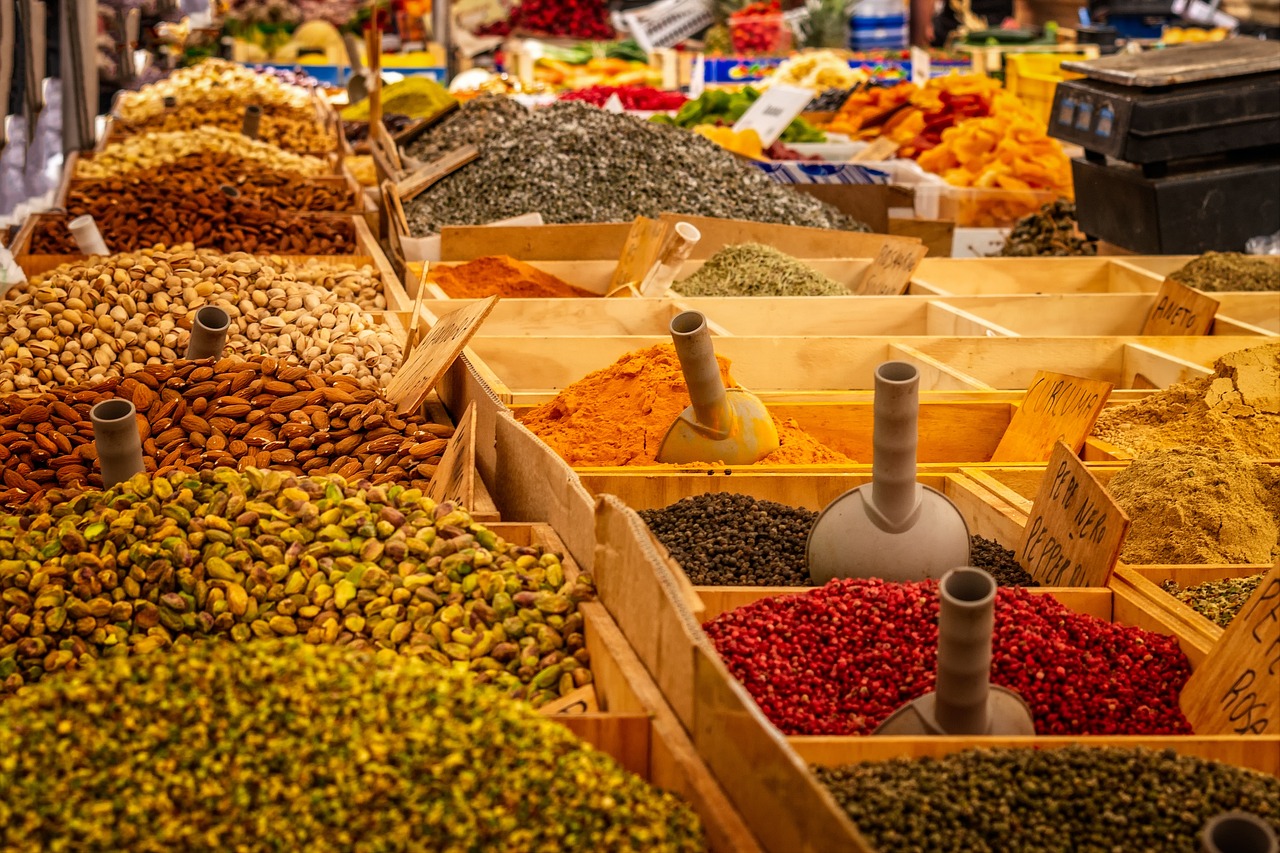As a passionate home cook, I’ve always been fascinated by the world of spices and their ability to transform even the simplest ingredients into mouthwatering dishes. The magic of spices lies in their incredible power to add depth, complexity, and warmth to our culinary creations. You need to understand the differences between whole vs. ground spices.
Whether it’s a comforting bowl of curry or a fragrant pot of stew, spices are the secret ingredient that elevates our cooking to new heights. In my journey to becoming a better cook, I’ve discovered that understanding the differences between whole and ground spices is key to unlocking the full potential of these flavor-packed treasures. Both spices have unique qualities, and knowing when and how to use them can significantly impact the taste and aroma of your dishes.
So, join me as we delve into whole and ground spices, exploring their benefits, uses, and tips for getting the most out of these indispensable kitchen gems.
Whole Spices: The Unprocessed Powerhouses of Flavor

Whole spices are the unprocessed seeds, berries, bark, or roots of various plants that have been dried to preserve their flavor and aroma. These natural wonders are packed with essential oils that give them distinct taste and fragrance.
🧄Longer shelf life
One of the most significant advantages of whole spices is their long shelf life. Because the essential oils remain protected within their natural structure, whole spices can maintain their potency for years when stored correctly. For example, cinnamon sticks, the bark of the cinnamon tree, can last up to 4 years, while ground cinnamon may lose its flavor after just six months.
🧄Versatility
Whole spices’ versatility is another reason I adore working with them. They provide endless possibilities for experimentation and customization in your cooking. From toasting coriander seeds to releasing their citrusy notes before grinding them to infusing star anise into your favorite braising liquid, whole spices offer a world of flavors to explore.
🧄Aroma
One of the most satisfying experiences in my kitchen adventures has been when I crush or grind whole spices, releasing their intense aroma. This burst of fragrance is an indication of the freshness and quality of the spice.
Whole spices, such as cardamom pods, cumin seeds, black peppercorns, or simply organic paprika, can impart a more vivid and nuanced flavor profile to your dishes than their ground counterparts. For example, freshly ground black pepper adds a sharp, spicy kick to your dish that pre-ground pepper cannot replicate.
Ground Spices: The Effortless Route to Flavorful Dishes

Ground spices meaning is nothing more than whole spices crushed or ground into a fine powder. This process helps to release their essential oils, which give them their distinct taste and aroma.
🍛Convenience
As much as I love experimenting with whole spices, there are days when I’m pressed for time or simply want a quick and easy way to add flavor to my dishes. It is where ground spice ingredients come to the rescue.
Pre-ground spices eliminate the need to toast, crush, or grind, making them a convenient option for busy cooks. For instance, a pinch of pre-ground cumin can effortlessly enhance the taste of your taco filling or chili without the extra step of grinding whole seeds.
🍛Consistent flavor
Another advantage of using ground spices is their consistent flavor. Ground spices provide a reliable and uniform taste when following recipes that call for specific measurements. This consistency is particularly helpful for novice cooks or when trying a new recipe without the desired spice level.
For example, a teaspoon of ground turmeric will deliver the same earthy, slightly bitter taste every time, ensuring your dish turns out as expected.
🍛Blending
Ground spices also have the added benefit of blending seamlessly with other ingredients, creating a harmonious flavor throughout the dish. While whole spices can sometimes be overpowering or unevenly distributed, ground spices meld easily with liquids and other components, ensuring a well-balanced taste. Imagine adding ground cinnamon to your favorite apple pie filling – it disperses evenly, imparting a warm, sweet-spiced note to every bite.
Proper Storage: Whole vs. Ground Spices
Proper storage is the key to maintaining the quality and flavor of whole and ground spices. Here are some guidelines to ensure your spices stay fresh and potent:
- Store spices in airtight containers, such as glass jars with tight-fitting lids. Exposure to air can cause spices to lose their flavor and aroma more quickly.
- Keep your spices away from heat sources, like the stove or oven, as heat can degrade their quality. A cool, dark cupboard or pantry is an ideal storage location.
- Protect your spices from direct sunlight, as UV rays can also cause them to deteriorate. Opt for opaque or tinted containers to display your spices on a countertop.
To prevent moisture from affecting your spices, keep them away from the sink or dishwasher, and always use dry utensils when measuring or scooping.
Unlocking the Full Potential of Your Spices

Grinding and toasting techniques
Grinding and toasting whole spices can significantly enhance their flavor and aroma. Here’s how to ground spices yourself and some tips for getting the most out of your whole spices:
Use a dedicated spice grinder, a coffee grinder reserved for spices, or a mortar and pestle if you want to convert whole spices to ground spices. Each method will provide varying degrees of fineness, so choose the one that best suits your needs. For example, a spice grinder is perfect for achieving a fine ground spice powder, while a mortar and pestle allow more texture control.
Toast whole spices in a dry skillet over medium heat until they become fragrant and lightly browned. This process releases their essential oils, adding an extra depth of flavor to your dishes. For example, toasting cumin before grinding them will produce a more robust, earthy flavor that’s perfect for curries and stews.
Frequently Asked Questions
Q: How long do whole and ground spices last?
A: Whole spices can last up to 3-4 years when stored correctly, while ground spices typically have a shelf life of 1-2 years. However, it’s essential to check for signs of spoilage and trust your senses when determining if a spice is still suitable for use.
Q: Can I substitute ground spices for whole spices in recipes?
A: It is possible to substitute all ground spices for whole spices, but you may need to adjust the quantity to account for differences in potency. Generally, use ¾ the amount of ground spice called for when replacing whole spices.
Q: How do I grind whole spices?
A: The best methods for grinding whole spices include using a dedicated spice grinder, a coffee grinder reserved for spices, or a mortar and pestle. Each method will provide varying degrees of fineness, so choose the one that best suits your needs.
Q: Why do some recipes call for both whole and ground spices?
A: Some recipes call for whole and ground spices to create layers of flavor and complexity. Whole spices may infuse oils or liquids, while ground spices blend seamlessly with other ingredients, providing a consistent flavor.
Final Thoughts
Understanding the differences between whole and ground spices and properly storing and using them can elevate your cooking game. As someone who has experienced the transformative power of spices firsthand, I encourage you to embrace the world of flavors they offer and embark on your culinary journey. Experiment with new spice combinations, try different grinding and toasting techniques and don’t be afraid to adjust based on your taste preferences.
Remember, the key to unlocking the secrets of flavorful cooking lies in the quality and freshness of your spices. So treat them with care and respect, and they’ll reward you with incredible, mouthwatering dishes that you’ll be proud to share with your loved ones.

